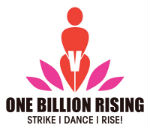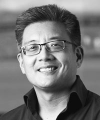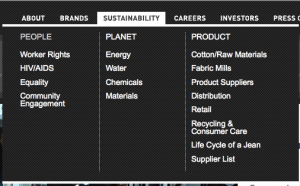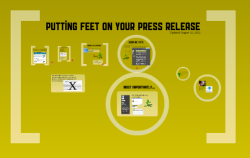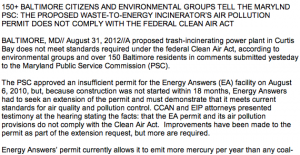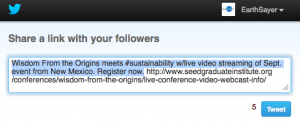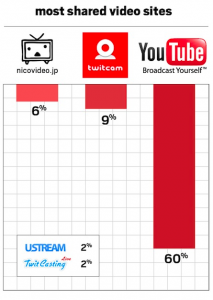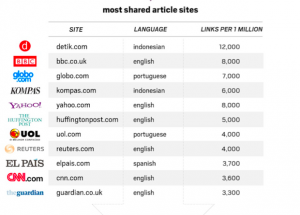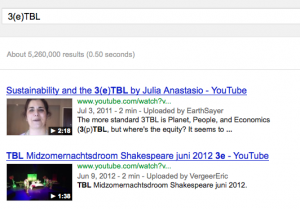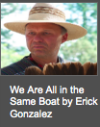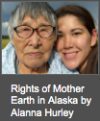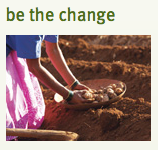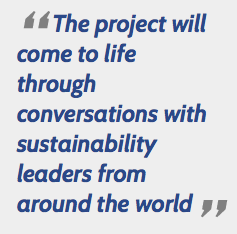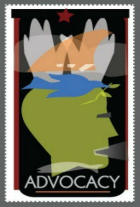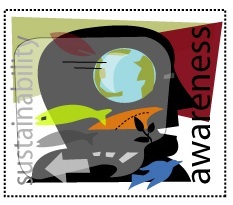 This past year we made an effort to increase the number of indigenous voices of sustainability to our collection and those of women. You see this reflected in our voices of Sustainability 2012 where we feature the animated stories of Annie Leonard, the photography of Lisa Kristine, the inspiring words of Mayan elder Flordemayo, and add a reminder of the upcoming 1 Billion Rising event – women calling for an end to violence.
This past year we made an effort to increase the number of indigenous voices of sustainability to our collection and those of women. You see this reflected in our voices of Sustainability 2012 where we feature the animated stories of Annie Leonard, the photography of Lisa Kristine, the inspiring words of Mayan elder Flordemayo, and add a reminder of the upcoming 1 Billion Rising event – women calling for an end to violence.
Since last year the collection has grown to nearly 1,500 voices of sustainability drawing attention to the many men, women, and children from around the world who speak up on behalf of Mother Earth, her citizens, and the principle of prosperity. They include business and civic leaders, experts, teachers, consultants – citizens from all walks of life. Click on the titles to view videos and follow additional links.
Life with Annie Leonard
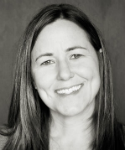 This last month we honored Annie Leonard by including her in our special collection, Sustainability Champions and featured her work to include: The Story of Citizens United, The Story of Electronics, The Story of Broke, The Story of Cosmetics, The Story of Bottled Water, and Cap and Trade: Devil in the Details.
This last month we honored Annie Leonard by including her in our special collection, Sustainability Champions and featured her work to include: The Story of Citizens United, The Story of Electronics, The Story of Broke, The Story of Cosmetics, The Story of Bottled Water, and Cap and Trade: Devil in the Details.
Annie Leonard was the International Honoree 2012 of the tenth Annual Global Exchange Human Rights Awards.
The Wisdom of the Elders by Lisa Kristine
 Lisa Kristine, a fine arts photographer, talks about how her childhood led to seeking out indigenous knowledge through her photography of people, interconnected as we are, and all sharing the gift of our first breadth. She has documented indigenous cultures all over the world. A TEDx presentation by CalicoCanyan.
Lisa Kristine, a fine arts photographer, talks about how her childhood led to seeking out indigenous knowledge through her photography of people, interconnected as we are, and all sharing the gift of our first breadth. She has documented indigenous cultures all over the world. A TEDx presentation by CalicoCanyan.
We also added to our collection her very moving TEDx presentation in Maui on January 22nd of 2012, Illuminating the World of Modern-day Slavery.
Recognizing the Great Mystery by Mayan Elder Flordemayo
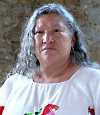 Keys to Recognizing the Great Mystery by Mayan elder Flordemayo of the Thirteen Grandmothers, reminding us the heart is key and the biggest challenge is to be still. If you have not heard of the International Council of Thirteen Grandmothers, please visit their site. They represent a global alliance of prayer, education and healing for our Mother Earth, all Her inhabitants, all the children, and for the next seven generations to come.
Keys to Recognizing the Great Mystery by Mayan elder Flordemayo of the Thirteen Grandmothers, reminding us the heart is key and the biggest challenge is to be still. If you have not heard of the International Council of Thirteen Grandmothers, please visit their site. They represent a global alliance of prayer, education and healing for our Mother Earth, all Her inhabitants, all the children, and for the next seven generations to come.
1 Billion Rising – February 14, 2013
On V-Day’s 15th Anniversary, 2.14.13, we are inviting ONE BILLION women and those who love them to WALK OUT, DANCE, RISE UP, and DEMAND an end to this violence. ONE BILLION RISING will move the earth, activating women and men across every country. V-Day wants the world to see our collective strength, our numbers, our solidarity across borders. Here is their Website.
Become sustainability advocates. Use EarthSayers.tv to pepper your conversations with out-of-the-box thinking, link to fresh voices on social network discussions, especially LinkedIn, and use social media and advertising to spread the word to increase sustainability awareness.
Ruth Ann Barrett, December 31, 2012, Portland, Oregon.

